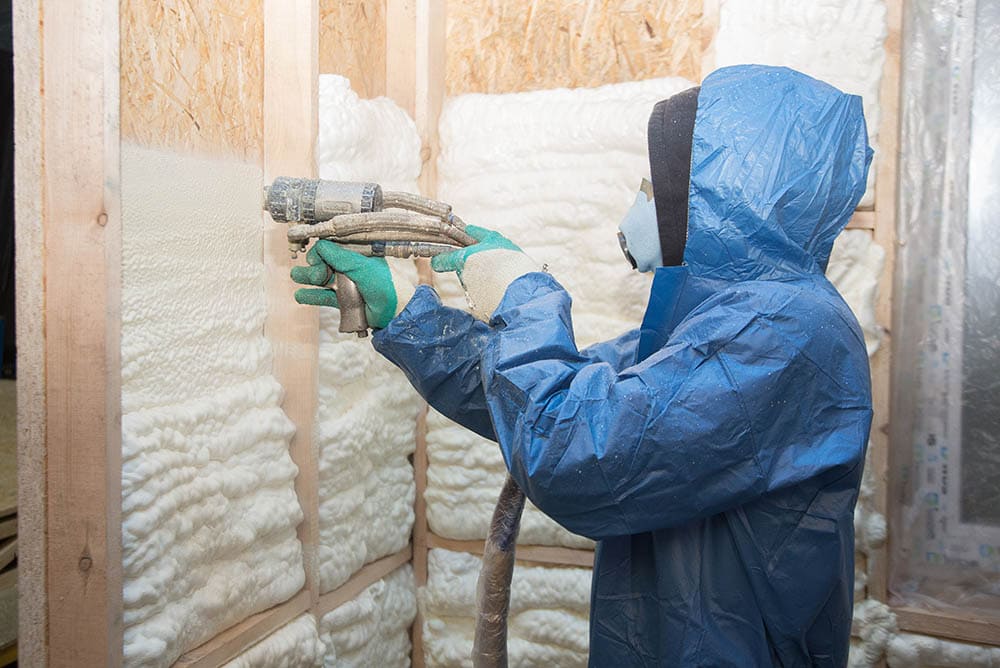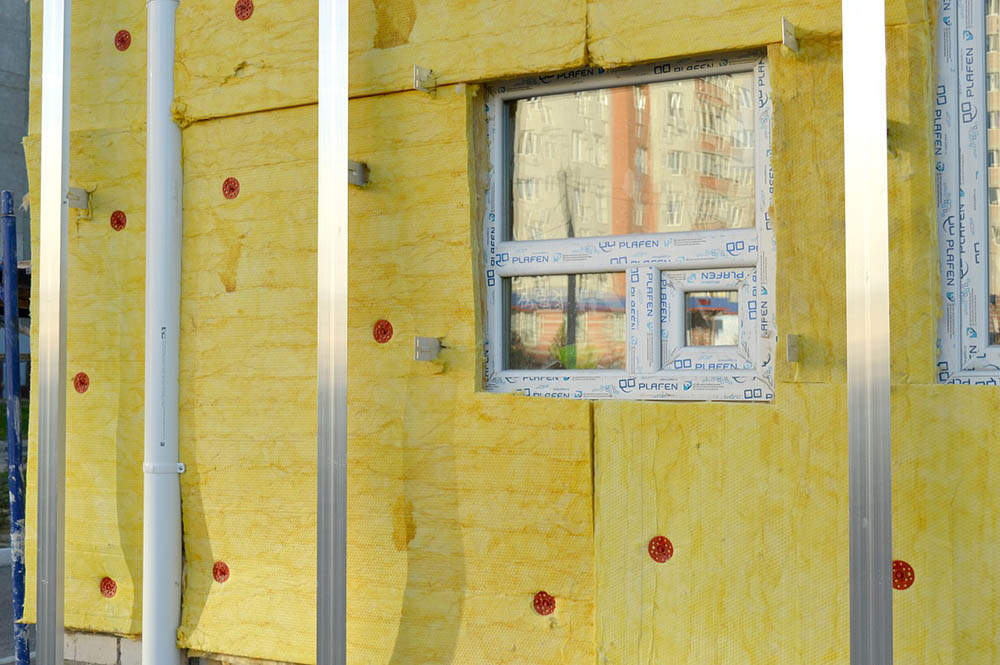Is Insulation Flammable? Types, Facts & FAQs
-
Kristin Hitchcock
- Last updated:

Sometimes, insulation is treated to make it very inflammable. Synthetic chemicals are often added to ensure that it doesn’t light on fire, as insulation by itself is a fire risk waiting to happen. However, just because the insulation is treated with inflammable chemicals does not mean that it will never catch on fire.
Plus, many types of insulation are not treated at all. These can become extreme fire hazards in some cases.
Certain types of insulation are less flammable than others. Some are naturally inflammable like fiberglass insulation, as it includes glass within it—a naturally inflammable material. However, others are more likely to catch on fire because they do not have this natural trait. Even when they are treated, they may be more likely to catch on fire.
Plus, problems can occur in the manufacturing or installation of insulation. Therefore, some insulation may catch on fire even if it technically is not meant to.
Is Foam Insulation Flammable?
Foam insulation should be considered flammable and treated as such when applying it. Typically, this material has a high heat tolerance before it will burst into flames, but it will catch on fire if conditions are correct. With that said, foam insulation tends to melt instead of traditionally burning, but it can still catch things on fire around it if it gets hot enough.
You should be cautious with foam insulation if you’re installing it yourself. Plus, don’t try and burn foam insulation. The fumes it produces are typically not safe for human lungs, so you should never use fire in an attempt to get rid of foam insulation.

Is Regular Insulation Fireproof?
Most regular insulation is absolutely a fire hazard. In fact, it is often considered a fire hazard by the Consumer Product Safety Commission, so most insulation packages have fire warnings on them. Sometimes, insulation will be treated with chemicals or other materials that make them less likely to catch fire. However, none of these are completely reliable.
Even if insulation is labeled as fire-resistant, no insulation is fireproof. With the right conditions, any insulation will eventually catch on fire.
Cellulose is typically used for most “regular” insulation. This material is absolutely able to catch on fire, and it will do so rather quickly. Therefore, it is not best if you’re worried about fires in your home.
Is Fiberglass Insulation Fireproof?
Fiberglass insulation includes tiny particles of glass in it. Therefore, it tends to be more resistant to fire than other types of insulation. But this does not mean that it is fireproof. If put in the right circumstances, fiberglass will catch on fire.
Plus, fiberglass insulation can be packed inside of paper or foil, which is absolutely able to catch on fire. These materials may actually make fiberglass more likely to catch on fire since it will be engulfed in flames should fire reach the packaging.
You should not treat fiberglass insulation as if it cannot catch on fire. As always, follow commonsense safety protocols.

What Types of Insulation Are Fireproof?
There is no truly fireproof insulation. However, fiberglass is the most fire-resistant insulation out there. Other types of insulation vary in their ability to withstand fire. Some loose insulation is not very fireproof at all, while others are treated to be more fireproof. Therefore, you need to research the particular type of insulation to determine how fireproof it is.
There are several things you can do to make insulation more or less fireproof when manufacturing it, so it tends to vary widely in its sensitivity to fire. For this reason, most insulation has a fire warning.
What is Non-Combustible Insulation?
There are several types of insulation that cannot catch on fire, though they can still transfer heat to the things around them. This type of insulation is often made from materials that simply cannot be set on fire, like mineral wood and multi-foil. Because these materials are extremely synthetic, many of them can be more expensive. They are also rarer, which does a bit to drive up their price.
However, these types of insulation are vital if you’re trying to prevent fires, so many will pay the elevated price. It is possible to find fiberglass insulation that is not terribly expensive (but remember that you need to pay a professional to install fiberglass, as it is unsafe for human contact).
Non-combustible insulation is energy efficient and does a fairly good job. Therefore, you do not have to exchange efficiency for safety.

How Hot Can Insulation Get?
How hot insulation can get before catching on fire depends on the type of insulation. Most spray foam insulation will catch on fire at around 700 degrees—despite the fact that it is treated with many fire-retardants during manufacturing. For this reason, insulation is considered a fire hazard by the CPSC and comes with warnings as such.
Different types of insulation will have different ignition levels. Some are more likely to catch on fire than others. However, all will catch on fire at some point unless they are made with non-combustible material. Plus, even non-combustible materials can transfer heat to the objects around them and occasionally set on fire.
- Related Read: 8 Facts and Statistics About Insulation
Conclusion
Insulation is not completely fireproof, even if it is treated and has a higher ignition temperature. When pushed under the right circumstances, most types of insulation will set on fire eventually. The only types of insulation that do not set on fire are made from non-combustible materials, which are synthetic and chosen for their high ignition temperature. However, while these won’t ignite under normal conditions, they can transfer heat and some will melt.
Therefore, despite being unable to catch on fire, they are not the safest, either. For this reason, all insulation needs to be treated like it is a fire hazard, which is why many include ignition warnings on the packaging.
Featured Image Credit: Igor Meshkov, Shutterstock
Contents

